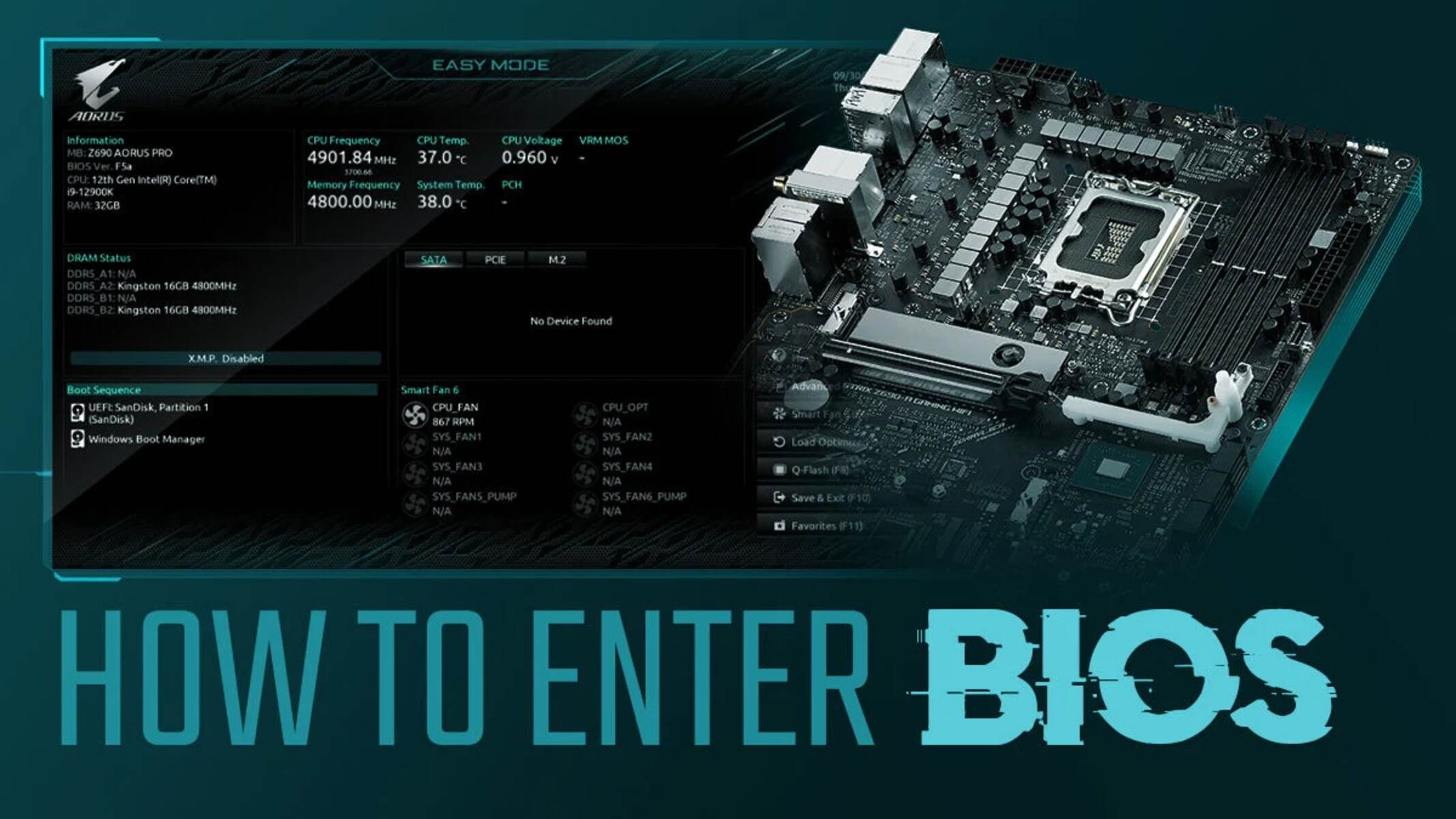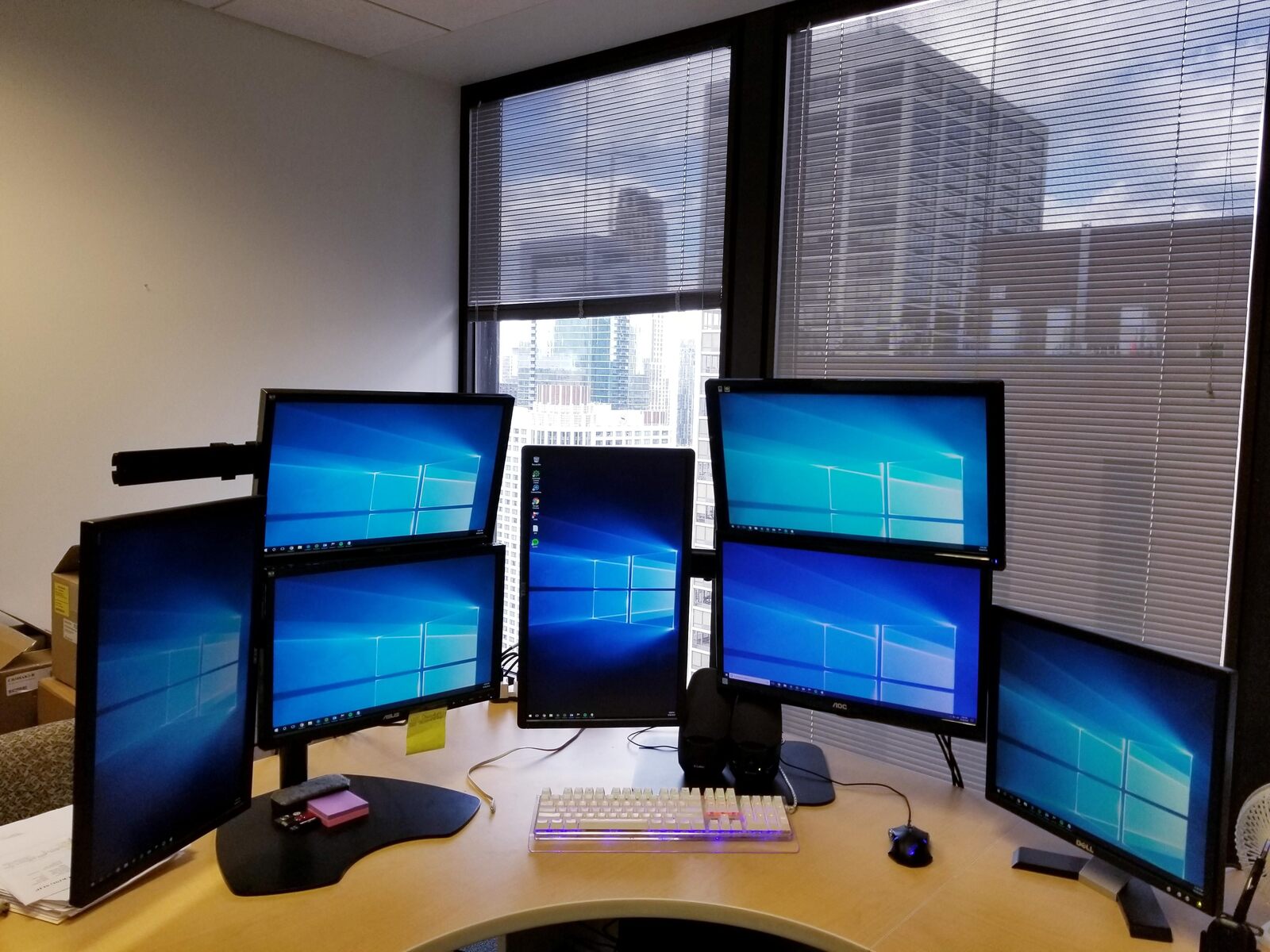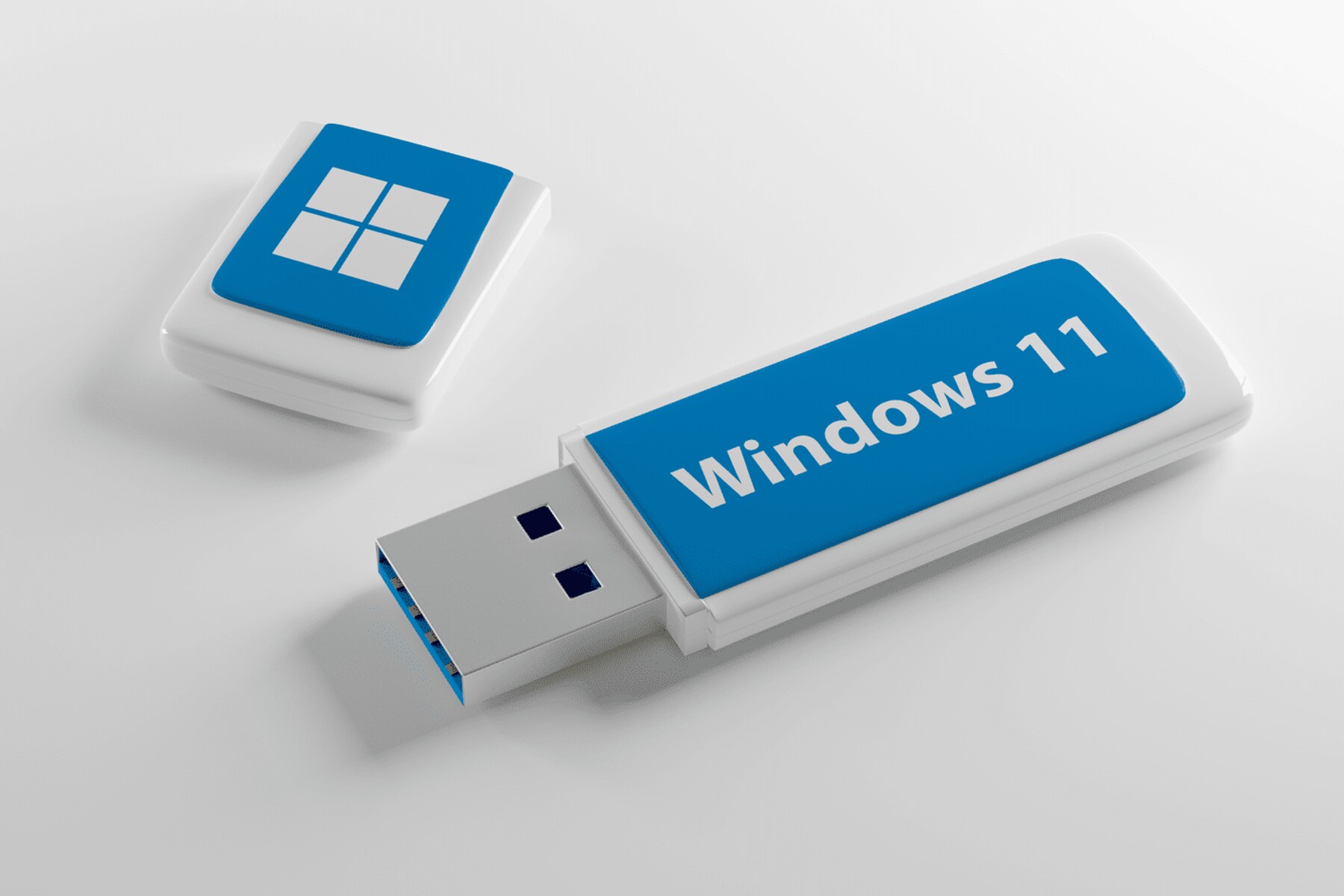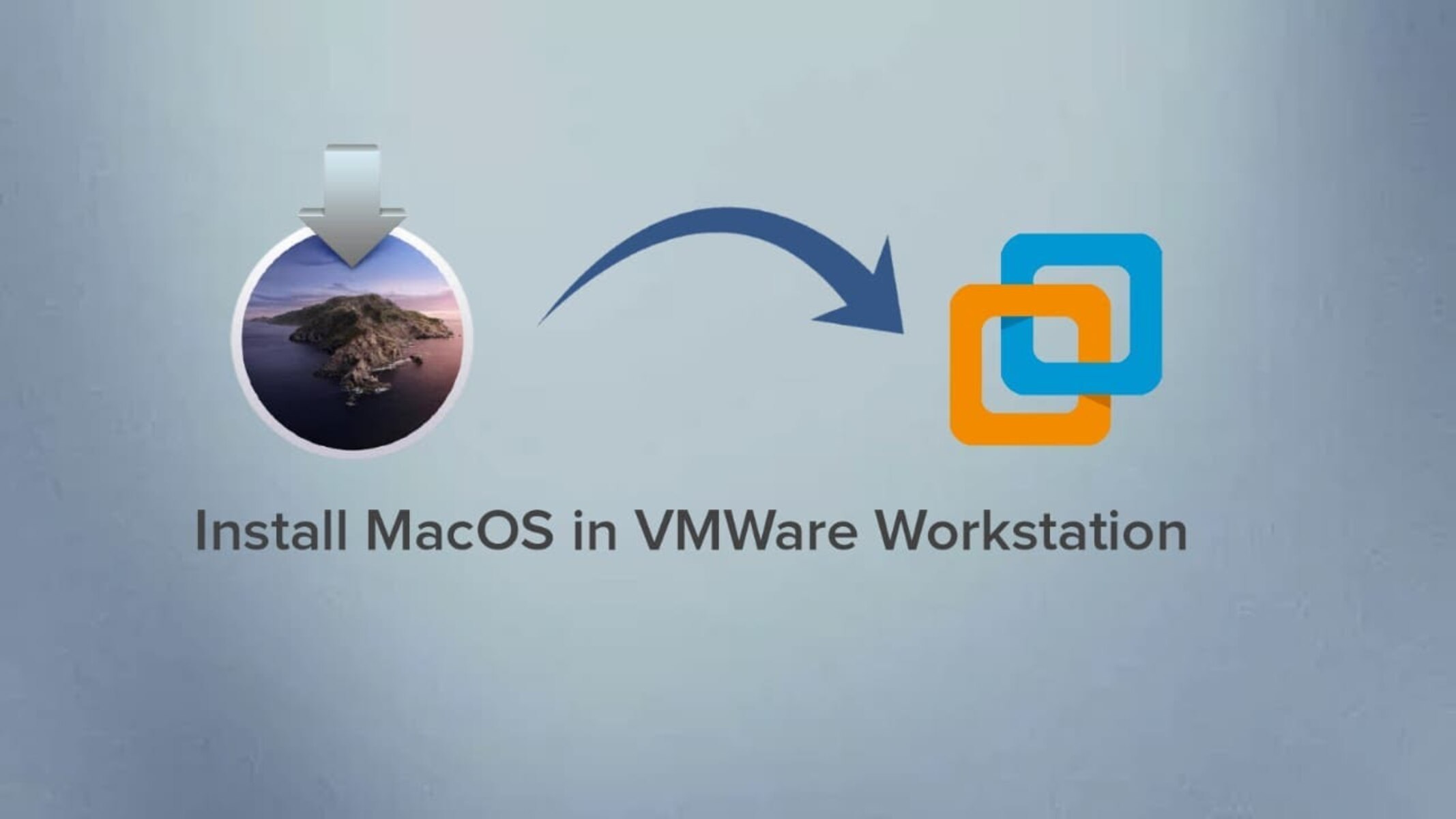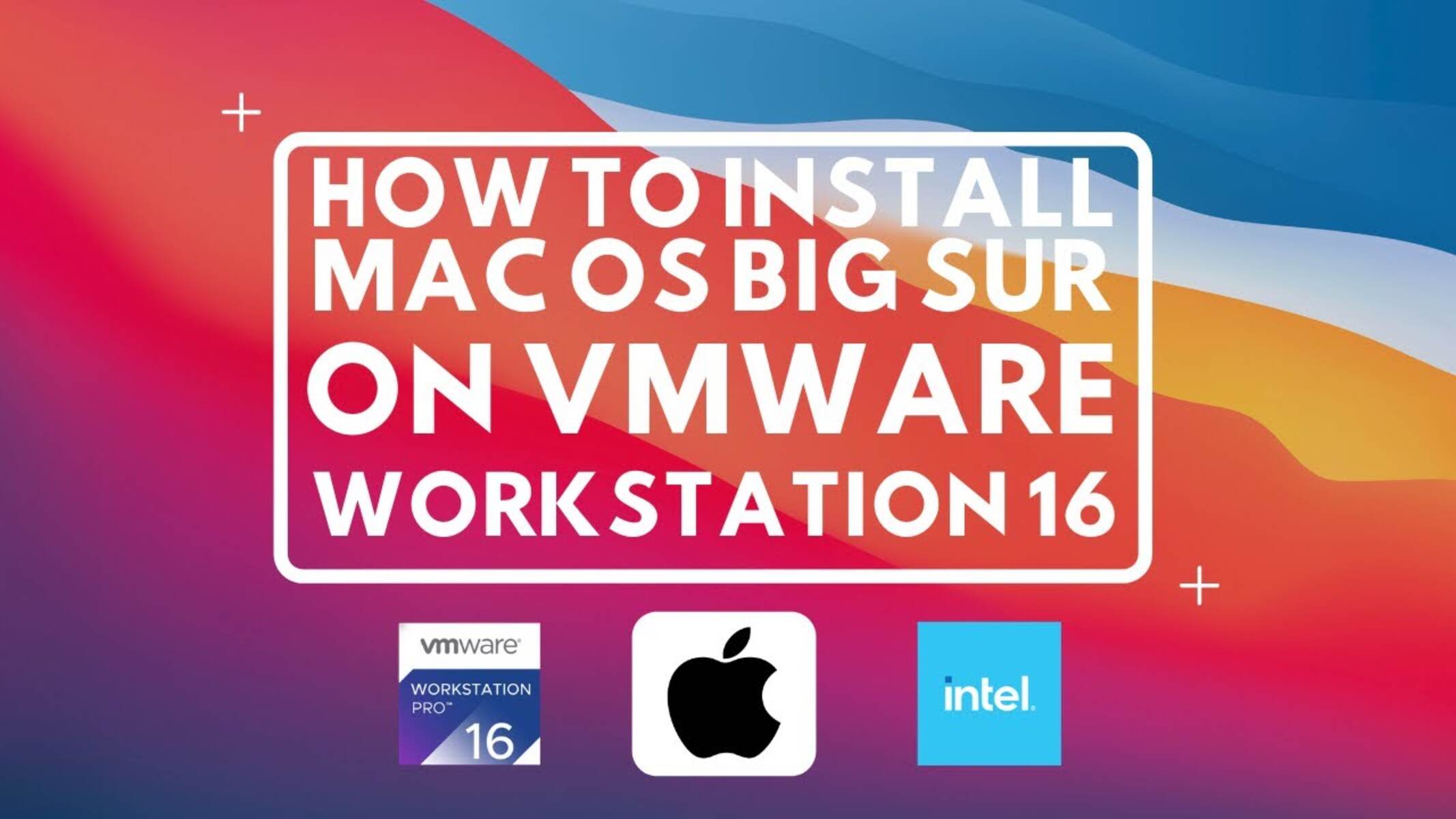Introduction
Welcome to the world of virtualization! VMware Workstation 16 is a powerful software that allows you to create and run virtual machines on your computer. Whether you’re a developer, IT professional, or just a curious tech enthusiast, VMware Workstation 16 offers a wide range of features to explore and utilize.
BIOS, which stands for Basic Input/Output System, is a firmware interface that is responsible for initializing hardware components and booting up your computer. It is an essential part of any computer system, including virtual machines created with VMware Workstation 16.
In this article, we will delve into the topic of accessing BIOS in VMware Workstation 16. We will discuss the importance of accessing BIOS in a virtual machine and provide you with a step-by-step guide to easily access it. So, grab your virtual machines and let’s dive in!
By gaining access to the BIOS in VMware Workstation 16, you can perform various tasks such as changing system settings, configuring hardware, adjusting boot order, and more. This level of control over your virtual machine’s BIOS can be crucial for troubleshooting issues, optimizing performance, or experimenting with different configurations.
Now, you may wonder why accessing the BIOS in a virtual machine is necessary when you can easily make changes within the VMware Workstation software itself. Well, there are certain situations where accessing the BIOS directly becomes vital. For example, if you want to configure a specific hardware component that requires BIOS level settings or if you need to change the boot order to boot from a different device.
Having a clear understanding of how to access the BIOS in VMware Workstation 16 will empower you to make the necessary changes and tweaks to your virtual machine’s settings. So, let’s continue reading to learn the step-by-step process of entering the BIOS in VMware Workstation 16.
What is BIOS?
BIOS, or Basic Input/Output System, is a firmware interface that acts as the software interface between the hardware components of your computer and the operating system. It is the first code that runs when you power on your computer, and its primary function is to initialize and configure the hardware devices to ensure that they work together harmoniously.
The BIOS is stored on a small, rewritable chip on the motherboard of your computer. It contains instructions and settings that are essential for the proper functioning of the hardware components. These settings range from simple parameters like time and date to more complex configurations like boot order, CPU voltage, and memory timings.
One of the critical roles of the BIOS is to perform the Power-On Self-Test (POST), which checks the hardware components to identify any errors or malfunctions. The POST ensures that all the necessary components are present and functional before handing over control to the operating system.
Additionally, the BIOS is responsible for providing a user interface that allows you to access and modify various system settings. This user interface, commonly referred to as the BIOS Setup Utility, can be accessed by pressing a specific key or combination of keys during the boot process.
Although the BIOS has been around for decades, its importance remains unchanged, even in virtualized environments like VMware Workstation 16. Virtual machines rely on virtualized BIOS (vBIOS) to emulate the functionality of the hardware BIOS. This enables you to configure and control virtual machines just as you would with physical computers.
While the vBIOS may not have the same level of complexity or customization options as a physical BIOS, it still plays a crucial role in virtual machines. It allows you to adjust settings such as boot sequence, enable or disable hardware virtualization features, and configure other characteristics that make your virtual machine behave like a real computer.
Understanding the concept of BIOS and its significance in both physical and virtual environments is essential for anyone working with VMware Workstation 16. Now that you have a clear understanding of what BIOS is, let’s move on to why you may need to access it in a VMware Workstation 16 virtual machine.
Why do you need to access BIOS in VMware Workstation 16?
Accessing the BIOS in VMware Workstation 16 allows you to fine-tune and customize the behavior of your virtual machine. While most of the configuration can be done within the VMware Workstation software itself, there are certain scenarios where accessing the BIOS becomes essential.
Here are a few reasons why you might need to access the BIOS in VMware Workstation 16:
- Hardware Configuration: The BIOS provides options to configure various hardware components of your virtual machine. This includes settings related to the CPU, memory, storage devices, and network adapters. By accessing the BIOS, you can modify these settings to optimize performance or enable/disable specific features.
- Boot Order: The boot order determines which device the virtual machine will attempt to boot from first. By accessing the BIOS, you can change the boot order to prioritize booting from a specific device, such as a virtual hard drive or a CD/DVD image. This can be helpful when troubleshooting booting issues or when you need to install an operating system from an external source.
- Enabling Hardware Virtualization: For certain virtualization features to work properly, hardware virtualization support needs to be enabled in the BIOS. By accessing the BIOS, you can check if hardware virtualization is enabled and make the necessary changes if it isn’t. Enabling hardware virtualization can improve performance and allow you to run nested virtual machines.
- Security Options: The BIOS often includes security options that allow you to set passwords for accessing the BIOS or booting the virtual machine. This can add an extra layer of protection to your virtual machine and prevent unauthorized access. Accessing the BIOS allows you to configure and manage these security options.
- Firmware Updates: Occasionally, virtual machine firmware updates may be released to improve compatibility, performance, or security. By accessing the BIOS, you can check the current firmware version and apply firmware updates if necessary. Firmware updates can address bugs, enhance functionality, and ensure that your virtual machine is running on the latest available firmware version.
By accessing the BIOS in VMware Workstation 16, you gain more control over your virtual machine’s configuration and have the ability to make adjustments that may not be available within the VMware Workstation interface itself.
Now that you have a clear understanding of why accessing the BIOS in VMware Workstation 16 is important, let’s move on to the step-by-step guide on how to enter the BIOS in your virtual machine.
Step-by-step guide to enter BIOS in VMware Workstation 16
Accessing the BIOS in VMware Workstation 16 is a straightforward process. Follow the step-by-step guide below to enter the BIOS in your virtual machine:
- Start your virtual machine: Launch VMware Workstation 16 and open the virtual machine that you want to access the BIOS for.
- Power on the virtual machine: Click on the “Power on” button to start the virtual machine. As the virtual machine starts booting up, you need to be quick to access the BIOS.
- Trigger the BIOS access: Depending on the virtual machine’s configuration, you may need to press a specific key or combination of keys to access the BIOS. Common keys include F2, F10, Delete, or Escape. Refer to the documentation of your virtual machine or consult the VMware Workstation user manual for the exact key(s) to press.
- Press the BIOS key(s): As the virtual machine’s boot process begins, start pressing the designated BIOS key(s) repeatedly. Keep in mind that you need to press the key(s) before the operating system starts loading. If you miss the timing, simply restart the virtual machine and try again.
- Enter the BIOS Setup Utility: If you press the correct BIOS key(s) at the right time, you will be taken to the BIOS Setup Utility screen. Here, you will see a menu with various options and settings that you can modify.
- Adjust BIOS settings: Use the arrow keys on your keyboard to navigate through the BIOS menu. Each BIOS has a different layout and organization, but you will typically find sections related to hardware configuration, boot options, security settings, and more. Use the appropriate keys on your keyboard to make changes to the desired settings.
- Save and exit: After making the necessary changes in the BIOS settings, ensure to save your modifications. Look for an option to save and exit the BIOS, which is usually labeled as “Save Changes and Exit” or something similar. Press the specified key to save your changes and exit the BIOS Setup Utility.
- Continue booting process: The virtual machine will now continue the booting process, taking into account the changes you made in the BIOS. Depending on the modifications, you may notice differences in the startup behavior or performance of the virtual machine.
- Test the changes: Once the virtual machine has fully booted, test out the changes you made in the BIOS. Verify that the desired settings are in effect and ensure that the virtual machine functions as expected.
With these simple steps, you can easily access and configure the BIOS settings in VMware Workstation 16. Remember to exercise caution when making changes in the BIOS and only modify settings that you are familiar with and understand their implications.
Now that you know how to enter the BIOS in VMware Workstation 16, you can customize your virtual machine’s settings to suit your specific needs and preferences.
Conclusion
Congratulations! You have reached the end of this guide on accessing the BIOS in VMware Workstation 16. By understanding what BIOS is, why it is important in virtual machines, and how to enter the BIOS, you now have the knowledge and tools to customize and optimize your virtual machine’s behavior.
The ability to access and configure the BIOS in VMware Workstation 16 provides you with a greater level of control over the virtual machine’s hardware and boot settings. Whether you need to adjust hardware configurations, change the boot order, enable virtualization features, or apply firmware updates, accessing the BIOS helps you achieve your desired setup.
Remember, when accessing the BIOS, it’s essential to be cautious and make informed changes. Only modify settings that you are familiar with and understand their implications. Making incorrect changes in the BIOS can lead to instability or issues with your virtual machine.
Take advantage of the features and flexibility VMware Workstation 16 offers, and experiment with different settings in the BIOS to find the optimal configuration for your virtual machine. Enjoy the freedom to fine-tune your virtual environment to meet your specific needs and requirements.
We hope this guide has been helpful in demystifying the process of accessing the BIOS in VMware Workstation 16. Now, go ahead and explore the possibilities that the BIOS presents within your virtual machines.
Happy virtualization!







